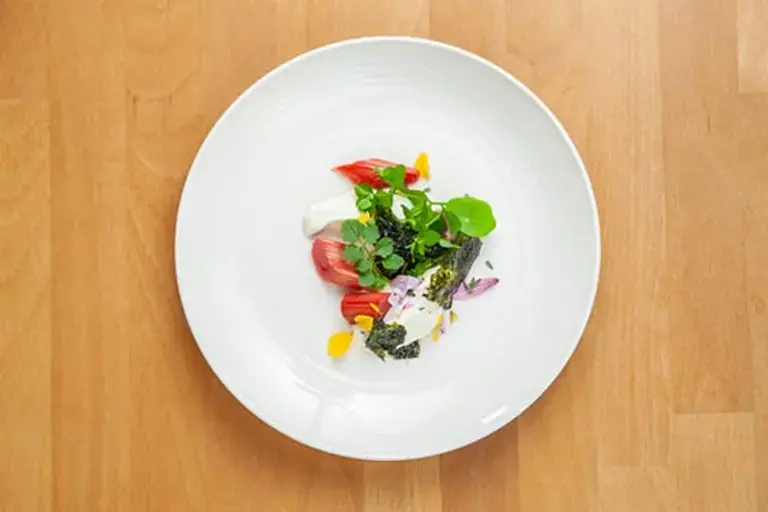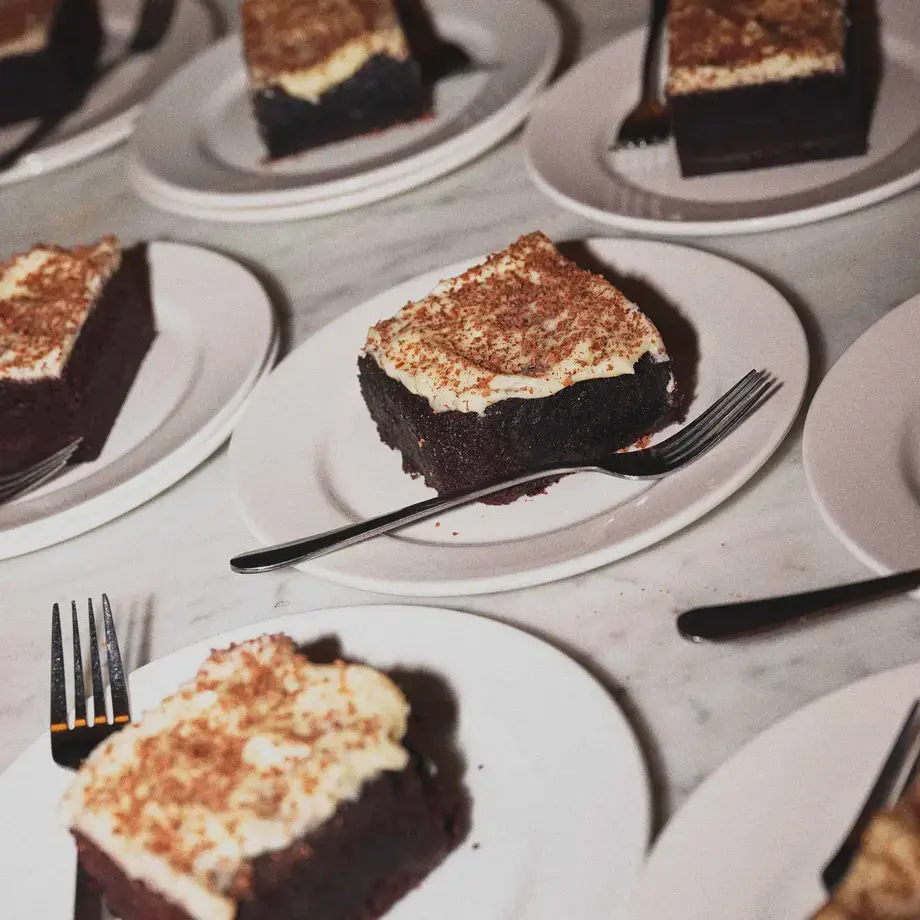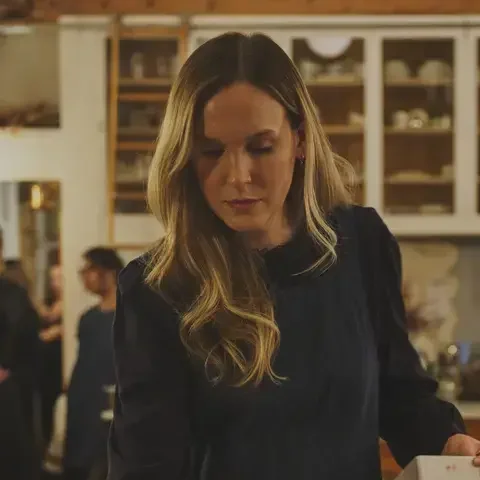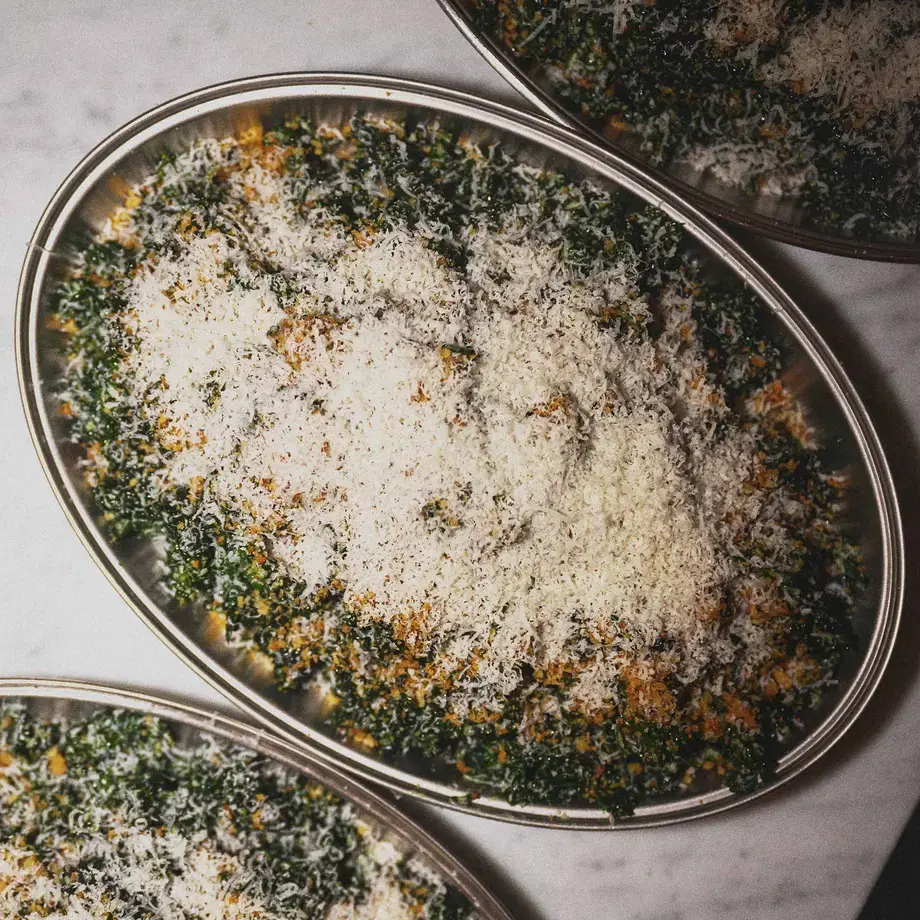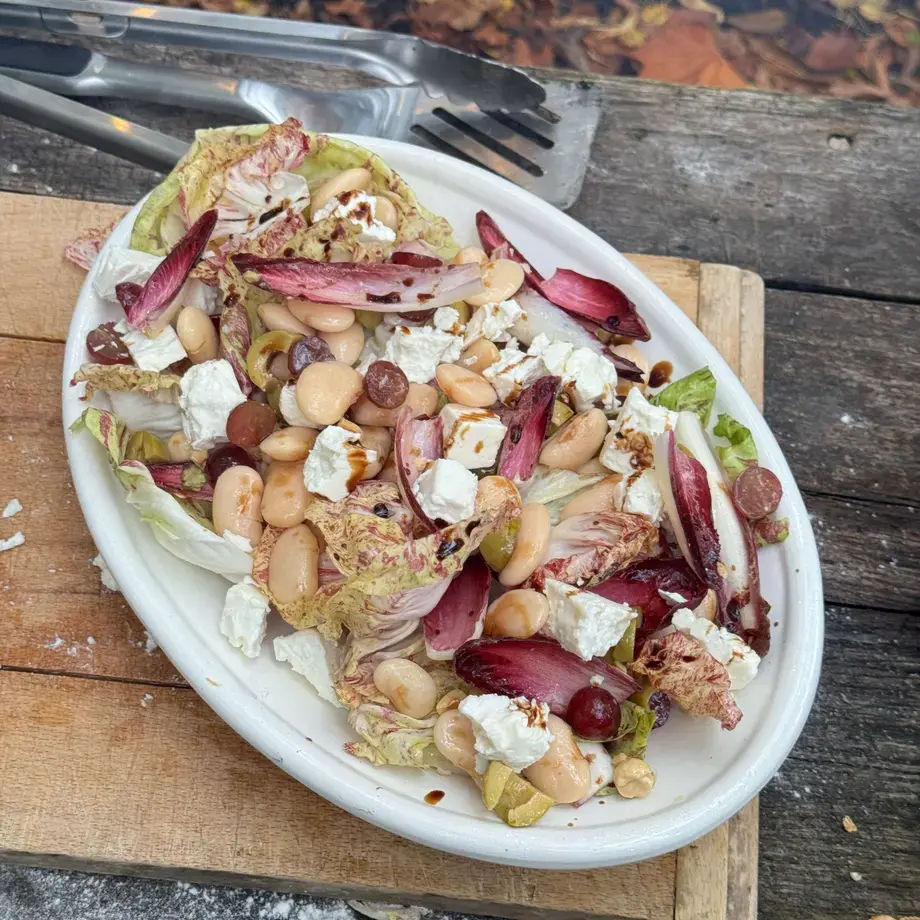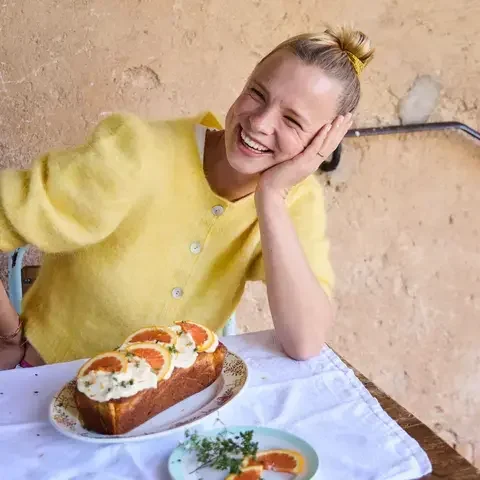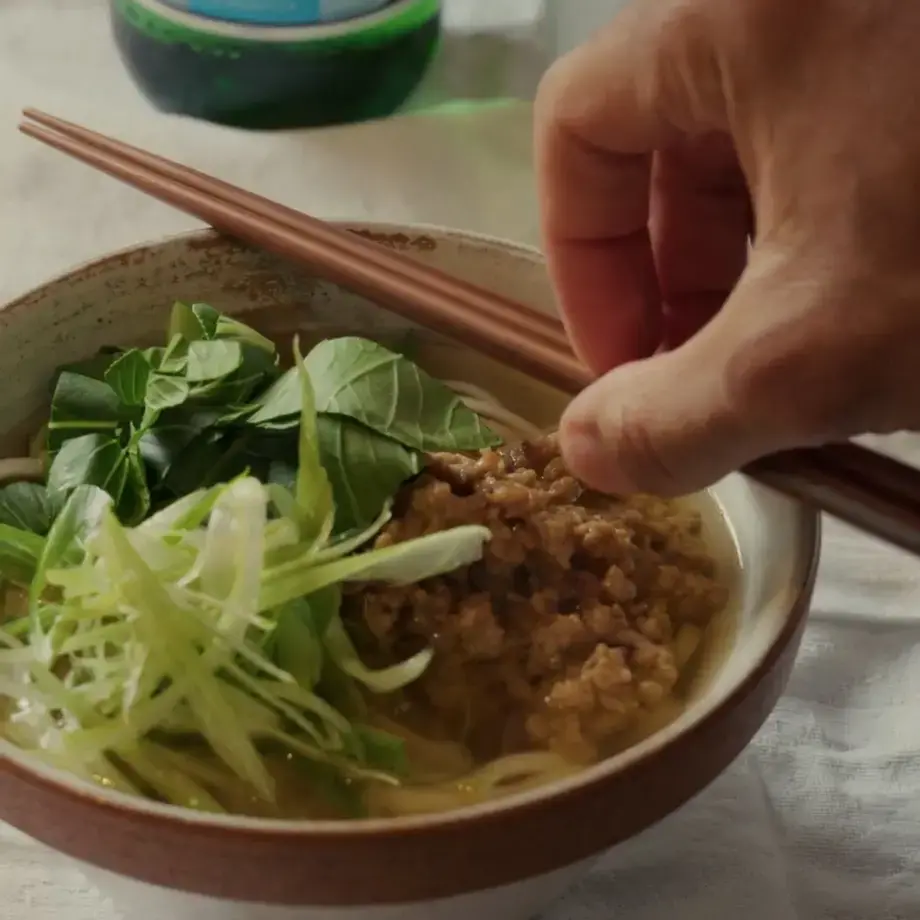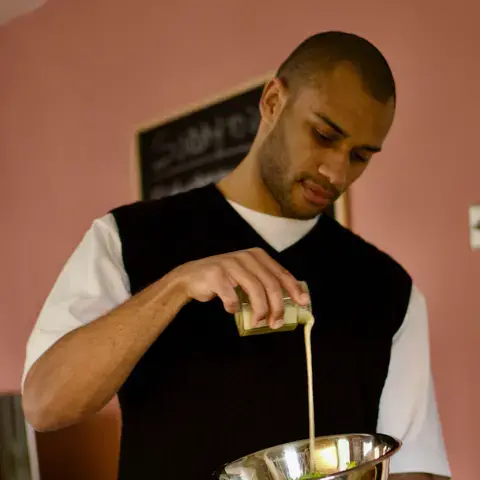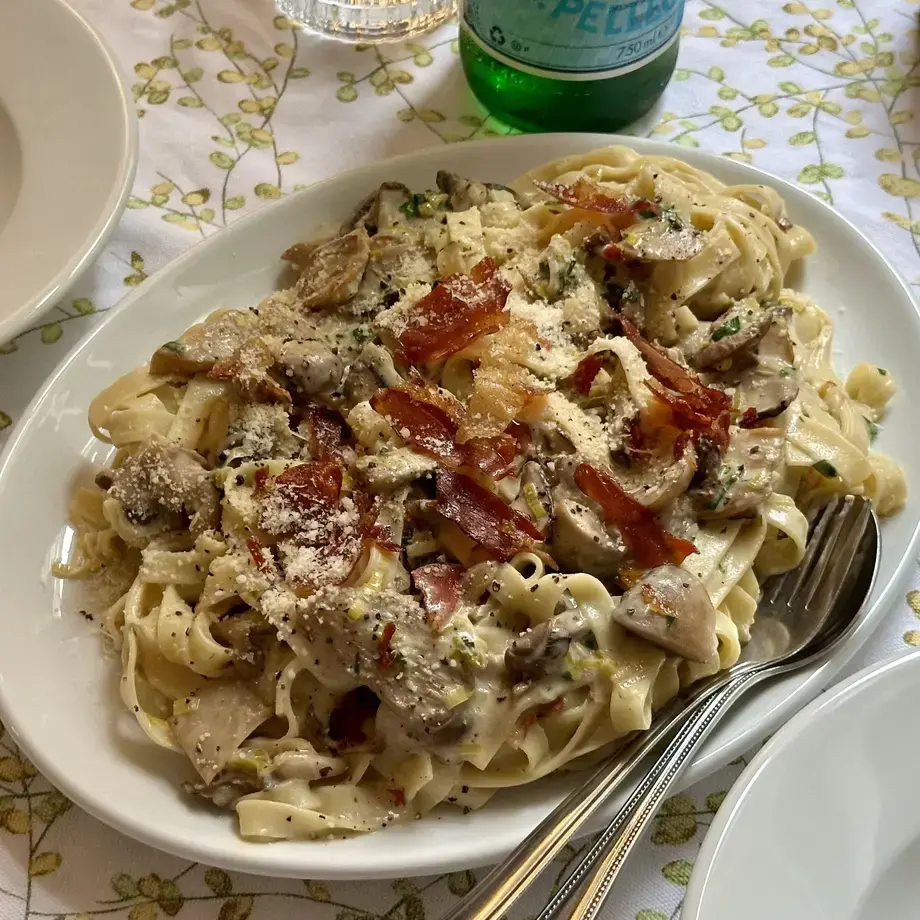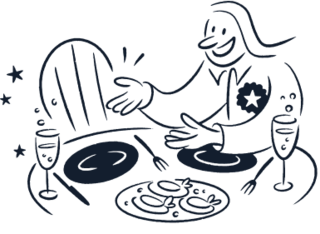Chef Pippa Lovell won the S.Pellegrino Social Responsibility Award for the UK & North Europe Region.
Pink rhubarb: 3 sticks
Homemade sea salt
Elderflowers: 100g, no stems and in a sunny spot
Leftover Champagne: 250ml, good quality
Raw apple cider vinegar: 50ml (with the mother in)
Ayrshire cow yoghurt
Dried gut weed
Elder salt
Young nasturtium leaf
Gorse petals
Chickweed: (before it flowers)
Hairy bittercress: (once it flowers)
Pippa Lovell shares her creative recipe for a foraged amuse bouche, designed to highlight the importance of biodiversity and the preservation of nature
The idea for the dish came to Lovell while foraging for ingredients in a one-square-mile area on the Isle of Man in April. She was both surprised and shocked to discover how early many of the ingredients had arrived this year.
"The use of the year-old fermented rhubarb from the same place that the rest of the ingredients are foraged from, is testament to the fact that a year ago, in this same area, things were at a completely different growth stage and that climate change is happening far too quickly," she explains.
The very sweet and equally bitter notes in the dish are designed to "echo the bittersweet emotions I have towards the early arrival of the summer," she continues.
Pippa's "unexpected" summer amuse bouche comes with a message: "to inspire people to take a different approach with sourcing food and respecting nature again."
If you're ready to reconnect with nature, take a look at the steps in this thoughtful recipe below.
Slice the rhubarb into 4cm pieces at an angle, weigh the pieces, add the sliced rhubarb and 2% of their weight in salt into a bowl. Massage the rhubarb with the salt until it starts to weep. Cover with a cloth and leave for an hour. Press the rhubarb and weigh it down until the liquid covers the rhubarb. Leave to ferment in a warm place for a year.
Chef tip: the year-old fermented rhubarb can just be a quick pickle recipe instead.
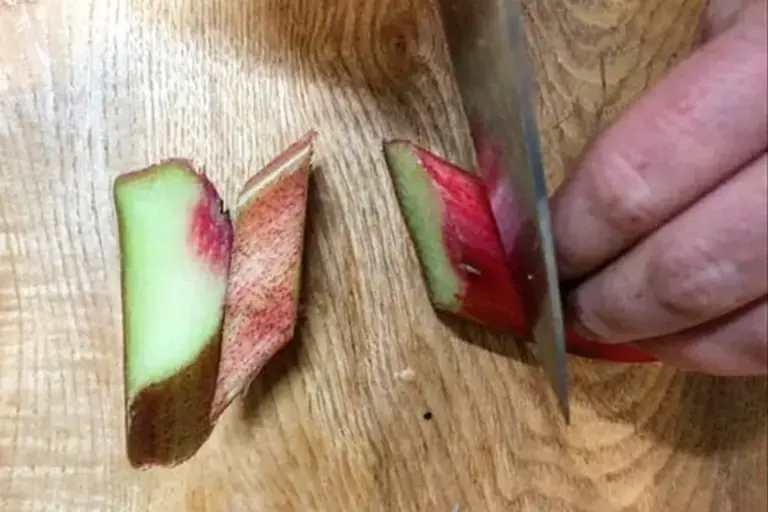
Add the Champagne, vinegar and elderflower to a sterilised bottle, cover with a muslin cloth and a rubber band, and leave for a year until a fresh mother forms on top.
Chef tip: the elderflower vinegar could just be some flowers blitzed into Champagne vinegar then passed.
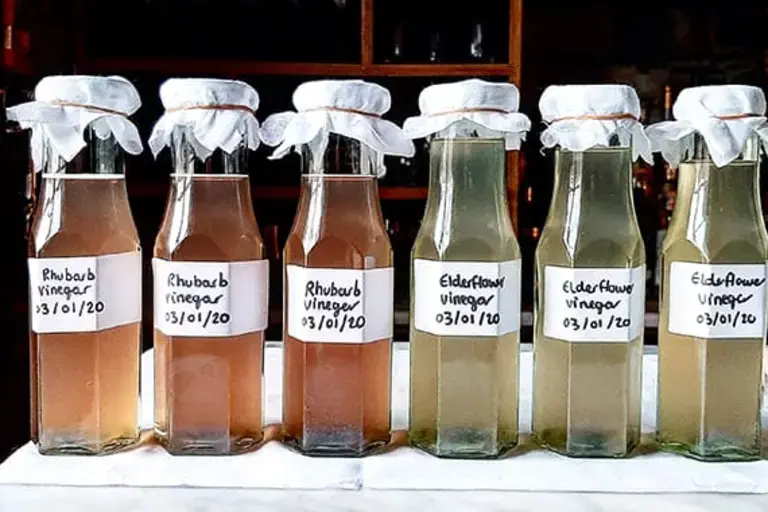
When the tide is out, forage a few handfuls of gut weed (ulva intestinalis). Wash this several times in cold running water and ensure there is no sand. Put in the dehydrator for 10 hours at 58°C. The weed will form a sheet, break into small pieces. It is salty enough.
Chef tip: You could deep-fry the gut weed.
From a place near where your rhubarb and yoghurt is from, forage the chickweed, hairy bittercress, nasturtiums and gorse petals.
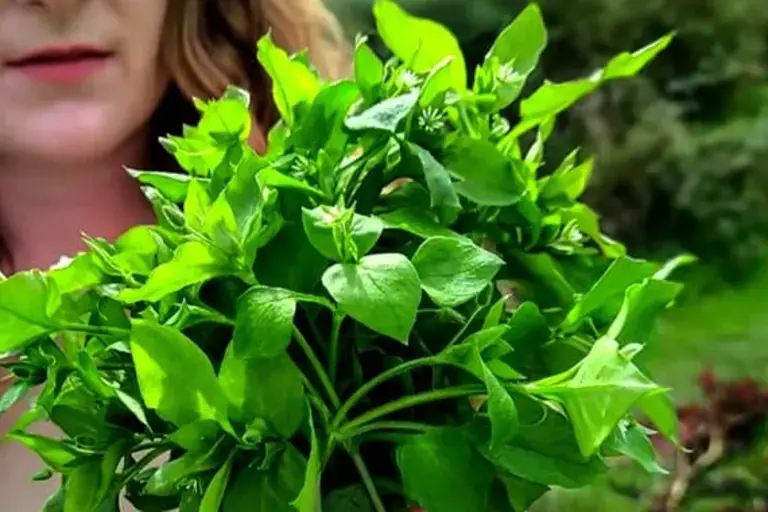
For the yoghurt dressing, simply season your yoghurt with a few drops of elderflower vinegar and a little salt (preferably homemade sea salt).
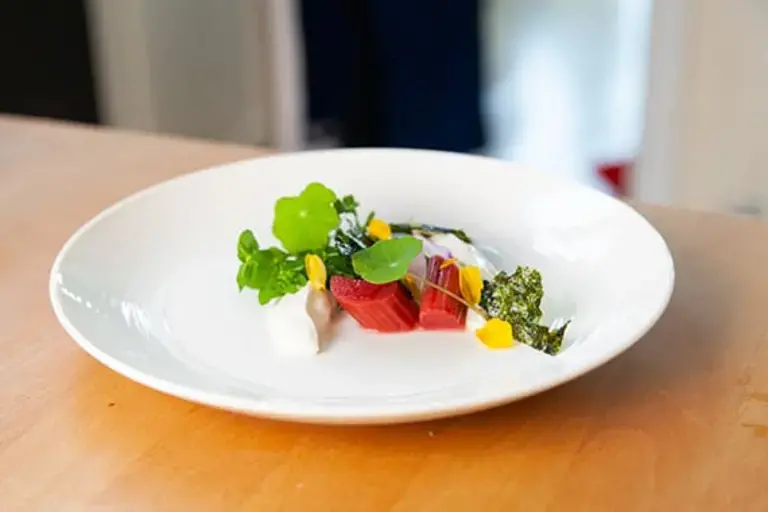
This dish has no specific way of plating other than building an image in a small area of the plate to represent that the dish is based on a small area of land.
Start with the yoghurt, then a few slices of the fermented rhubarb, start building the herbs using equal amounts of each to balance the flavour. Season with a little elderflower salt (homemade salt blitzed with elderflowers, dried and blitzed again)
Finish with a little juice from the fermented rhubarb and add the gorse petals at the end, being careful not to bruise them with your tweezers.
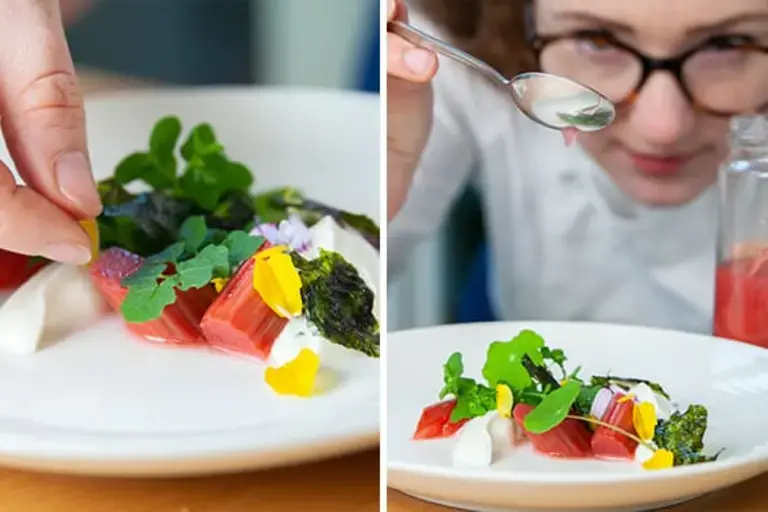
The final dish.
